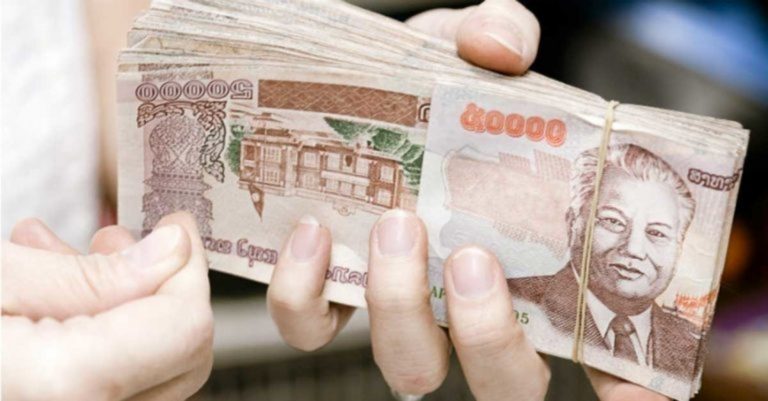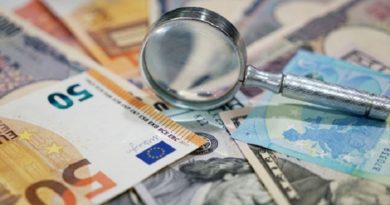Central Bank Rolls Out New Scheme to Stabilize the KIP
Source: Vientiane Times
The Bank of the Lao PDR (BOL) has issued a new Decision on the setting of currency exchange rates, giving commercial banks greater flexibility in the trading of foreign currencies.
The new policy serves as a significant guideline in regulating exchange rates amid continuing depreciation of the kip and skyrocketing inflation.
Under the BOL Decision signed on June 19, commercial banks’ kip/US$ purchase and sale rates must not vary by more than +/-7.50 percent from the central bank’s daily reference rate.

Previously, commercial banks’ kip/US$ purchase and sale rates were allowed to vary by not more than +/-4.5 percent from the central bank’s reference rate.
In all currency exchange rates, the gap between the buy and sell rates should not exceed 2 percent, according to the two-page Decision signed by the Governor of the central bank, Dr. Bounleua Sinxayvoravong.
Previously, the gap between the buy and sell rates of the kip vis-a-vis the US dollar, euro, baht, yuan, and other currencies was not allowed to exceed 1 percent.
The new policy will enable commercial banks to purchase and sell foreign currencies at rates closer to those of the parallel market, thereby helping to narrow the gap between the official and parallel foreign exchange markets.
If the exchange rate in the parallel market remains the same, the rate offered by commercial banks under the new policy could become closer to that offered by the parallel market.
The new policy is also to bring foreign exchange service units more in line with the banking system, as banks could charge a higher margin on sales of 2 percent, compared to 1 percent previously.
However, economists have expressed concern that if commercial banks are unable to meet the demand for foreign currencies, the rate in the parallel market would continue to rise.
One economist, who asked not to be named, said the central bank is attempting to minimize the gap between the official and parallel foreign exchange markets and stabilize the value of the kip.
The change authorized by the central bank is aimed at creating favorable conditions for business operators and easing the financial hardships currently being experienced by the general public.
Depreciation of the kip is one of the main factors driving inflation, as one-third of the goods used to calculate price rises are imported.
According to BCEL exchange rates on April 21, 2023, US$1 bought 17,059 kip and sold for 17,230 kip. One baht bought 506.39 kip and sold for 511.45 kip. In comparison, Wednesday’s exchange rate saw US$1 buy 18,976 kip and sell for 19,101 kip. One baht bought 556.53 kip and sold for 562.09 kip.
Critics say it’s essential for the government to boost productivity, so that more goods are produced for export and fewer unnecessary products are imported, as this would reduce the demand for the foreign currencies needed to buy imported goods.


